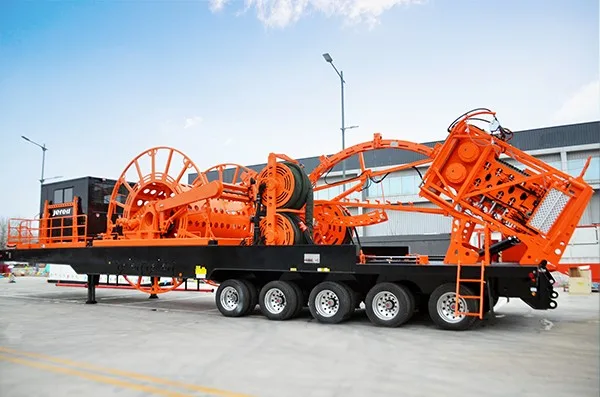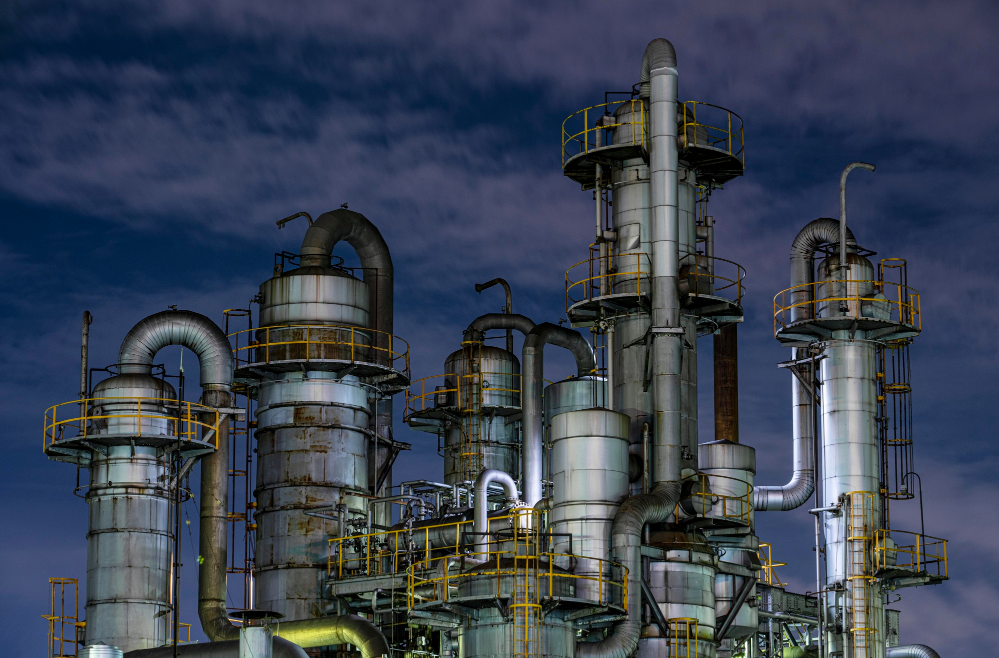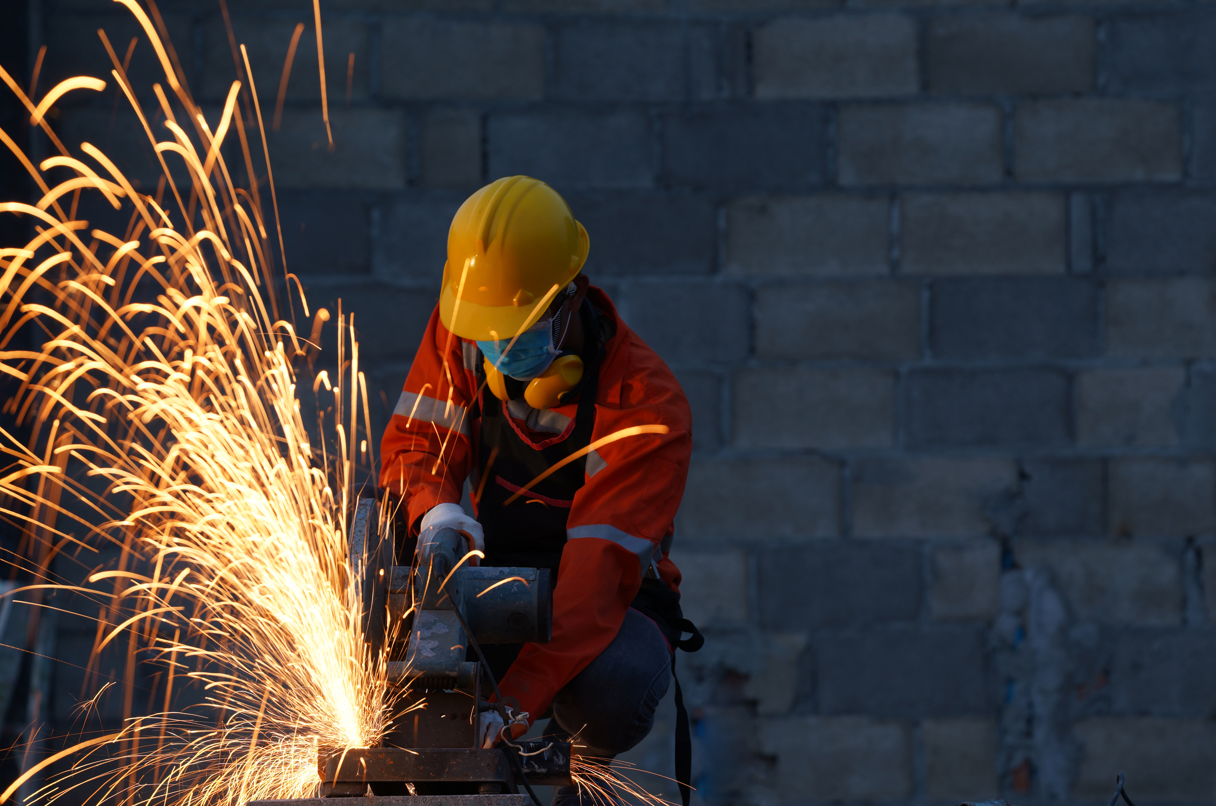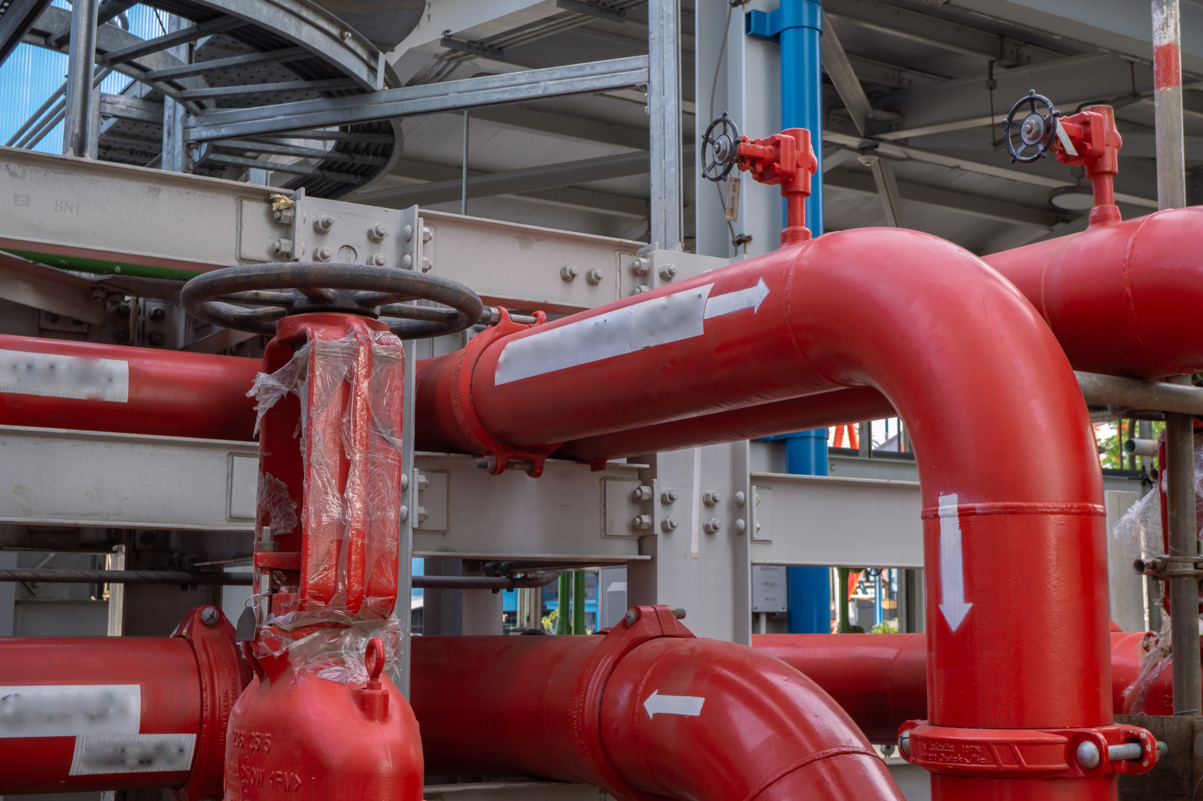In the ever-evolving world of the oil and gas industry, innovative technologies and techniques continue to drive progress and optimize operations. Among these advancements, coiled tubing has emerged as a versatile and indispensable tool with many applications.
In this article, we will explore ten key applications of coiled tubing in the oil and gas industry, highlighting its significant contributions to well interventions, hydraulic fracturing, fishing operations, hydrate removal, coiled tubing drilling, casing patches, and more
What Is Coiled Tubing?
In the oil and gas sector, coiled tubing refers to a long metal pipe, typically ranging from 1 to 3.25 inches (25 to 83 mm) in diameter, stored on a large reel. It serves multiple purposes, including interventions in oil and gas wells and occasionally acting as production tubing in depleted gas wells.
When inserted into wells, coiled tubing can perform a wide range of tasks such as cleaning out debris, conducting stimulation treatments, and acquiring essential data through logging activities. Additionally, in depleted gas wells, coiled tubing serves as production tubing, extracting the remaining resources. With its versatility and ability to enhance well performance, coiled tubing has become widely used and popular in the oil and gas industry.
What Are The Application of Coiled Tubing?
Coiled tubing is an invaluable asset with the ability to convey various tools and substances, providing cost-effective and efficient solutions for addressing complex challenges and optimizing operational performance. In the following section, we will discuss further each application of coiled tubing in the petroleum industry.
1. Sand or Solids Cleanout
The primary applications of coiled tubing (CT) in well interventions and drilling often revolve around addressing issues of sand or solids. To clean out sand or solids from a wellbore, a fluid is pumped down into the well, which carries the solids along and transports them to the surface.
Further, surface return tanks collect the wash fluids and solids, allowing the solids to settle out of the fluid due to their volume. Whenever possible, the cleanout fluids are recycled within the wellbore to optimize the cost-effectiveness of the cleanout operation.
The appropriate circulated fluid system is crucial when designing a solid cleanout program. Two main types of cleanout fluids used in CT services are “compressible” and “incompressible.” In the following sections, we will provide an overview of these two categories of cleanout fluids.
-
Incompressible Cleanout Fluids
Incompressible cleanout fluids used in coiled tubing services maintain a constant volume as they circulate through the wellbore. They allow precise flow rate and pressure control, ensuring effective solids and debris removal. These fluids provide stable hydraulic conditions, especially in complex wellbores, enabling efficient and reliable cleanout operations.
-
Compressible Cleanout Fluids
Compressible cleanout fluids can change volume significantly under pressure. They are composed of gas-based mixtures or foam solutions, possessing unique properties for effective cleaning. The compressibility of these fluids enables the creation of pressure differentials, aiding in the removal of solids and obstructions from the wellbore. This feature is advantageous in challenging wellbore conditions with tight restrictions or complex geometries.
2. Underbalanced and Overbalanced Pressure Conditions
Underbalanced pressure conditions refer to situations where the pressure within the wellbore is intentionally kept lower than the formation pressure. Coiled tubing, with its ability to circulate fluids and control pressures, can be used to perform underbalanced drilling or cleanout operations.
By maintaining a lower pressure, coiled tubing allows for the controlled entry of fluids into the wellbore, minimizing damage to the formation and reducing the risk of wellbore blockages.
On the other hand, overbalanced pressure conditions occur when the pressure within the wellbore is intentionally higher than the formation pressure. Coiled tubing is utilized in such scenarios to provide additional pressure to manage drilling or well intervention operations effectively.
By applying higher pressures, coiled tubing can help control wellbore stability, prevent fluid influx from the formation, and effectively remove debris or solids during cleanout operations. Overbalanced pressure techniques are commonly employed when well control is crucial or when dealing with formations prone to fluid influx or wellbore instability.
3. Completion Tubing
Coiled tubing is utilized in well completion operations to assist in the final stages of preparing a well for production. It plays a significant role in creating holes in the well casing or tubing, enhancing reservoir productivity, and installing or retrieving downhole equipment.
-
Perforating
One common application of coiled tubing in well completion is the process of perforating. This involves puncturing the well casing or tubing to establish pathways for oil or gas to flow into the wellbore. Coiled tubing’s flexibility and precision allow for the accurate placement of perforating charges at specific depths and locations within the well.
-
Well Stimulation
Coiled tubing is also employed in well stimulation, which aims to improve the flow of hydrocarbons from the reservoir to the wellbore. This can be achieved through methods like acidizing or hydraulic fracturing. By delivering chemicals, acids, or proppants into the wellbore, coiled tubing helps treat the reservoir, enhance its permeability, and ultimately increase production rates.
-
Installation/Retrieval of Downhole Equipment
Furthermore, during well completion, coiled tubing is instrumental in installing or retrieving downhole equipment. This includes tasks such as setting production packers, installing screens for sand control, or retrieving tools and equipment used throughout drilling and completion operations.
4. Coiled Tubing Milling
Coiled tubing milling is a specialized technique used in the oil and gas industry to remove or alter different downhole components and obstructions. It involves using a coiled tubing string to perform milling operations without rig-based interventions.
-
Bridge Plugs Milling
One type of coiled tubing milling is bridge plug milling. Bridge plugs are temporary or permanent barriers placed in the wellbore to isolate specific sections. Coiled tubing milling is employed to mill through these plugs, restoring flow and enabling access to desired zones for further operations.
-
Frac Ports Milling
Another type is frac port milling. Frac ports control the injection of fluids during hydraulic fracturing.
-
Casing Deformation Milling
Casing deformation milling is another application of coiled tubing milling. Over time, casing sections may deform due to subsidence or mechanical damage. Coiled tubing milling removes or reshapes deformed casing, restoring wellbore integrity and functionality.
-
Cement Milling
Coiled tubing milling removes the excess cement, allowing proper wellbore access for subsequent operations. In sealing the annular space between the casing and the formation, there are instances where excess or unwanted cement needs to be milled out, such as during wellbore cleanouts or remedial cementing.
5. Logging


Coiled tubing is commonly used for cement bond logging (CBL), which involves checking the cement quality between the casing and the formation. This ensures the different zones are correctly isolated and helps identify potential issues or leaks.
The industry also has a growing trend of injecting fiber lines into the coiled tubing string for logging purposes. This involves inserting fiber optic cables or sensors into the wellbore to collect data about the production zones. By analyzing this information, operators can determine which zones are actively producing and make informed decisions to optimize their operations.
6. Camera Runs
Coiled tubing can be used for camera runs in specific applications. Camera runs involve using a specialized camera tool to inspect the wellbore, casing, and other components visually. Coiled tubing provides a flexible and efficient method for conveying the camera tool to the desired depth within the well.
By employing coiled tubing, operators can navigate the wellbore, capture high-resolution images or video footage, and evaluate the condition of the well and its various components. This enables the identification of potential issues such as corrosion, scale accumulation, or mechanical damage. Coiled tubing camera runs offer a non-destructive and cost-effective approach for visual inspection, diagnostics, and decision-making concerning well integrity and maintenance.
7. Acid Stimulation (Acidizing)
Coiled tubing is often used in acidizing, where the acid is pumped under pressure through the coiled tubing. The acid can dissolve or remove formation damage, such as scale, debris, or mud filtrate.
Performing coiled tubing for acidizing offers several advantages. Some benefits are acid placement precision, effective treatment of the target formation, and real-time monitoring to achieve optimal results.
8. Frac Through Coil (FTC)
Coiled tubing can also be applied for hydraulic fracturing operations, particularly in a method known as Frac Through Coil (FTC). This technique involves using coiled tubing to carry out the entire fracturing process, which includes creating perforations, pumping proppant and fracturing fluids, and monitoring the wellbore conditions.
The utilization of coiled tubing in FTC brings several benefits. It allows for continuous pumping, enabling a smooth and uninterrupted fracturing operation. Coiled tubing also provides real-time monitoring capabilities, allowing operators to observe and control the wellbore conditions throughout the process closely.
9. Fishing Operation
Another use of coiled tubing in the oil and gas industry is for fishing operations, which involve retrieving lost or stuck tools, equipment, or debris from the wellbore. Coiled tubing’s flexibility, long reach, and ability to carry different tools and devices can reduce downtime and enhance operational productivity in fishing operations.
10. Coiled Tubing Drilling
Coiled tubing finds application in a drilling technique known as Coiled Tubing Drilling (CTD), which serves as the drilling string to bore wells. This method has several advantages over traditional drilling approaches, such as cost reduction, faster drilling speeds, and enhanced operational adaptability.
Coiled tubing drilling presents multiple benefits, including decreased mobilization duration, improved well management, and the ability to drill extended-reach and horizontal wells. It is advantageous in settings with challenging wellbore conditions or limited surface accessibility.
11. Hydrate Removal
Coiled tubing is frequently employed in the oil and gas industry to remove hydrates, solid ice-like compounds that can obstruct pipelines or wellbores. Hydrates form when water and natural gas combine under specific temperature and pressure circumstances, hindering fluid flow and posing operational difficulties. Coiled tubing presents a reliable and efficient method to address hydrate-related issues.
12. Casing Patches
Coiled tubing is applied to perform casing patches in the oil and gas industry. Casing patches serve to mend sections of well casing, which act as protective barriers composed of steel or cement lining the wellbore. Coiled tubing presents a flexible and efficient approach for conducting casing patch operations.
The flexibility and maneuverability of coiled tubing enable accurate positioning of casing patches even in complex wellbore conditions. It offers a cost-effective and time-efficient alternative to conventional casing repair techniques, facilitating the restoration of the well casing integrity and ensuring the safety and reliability of operations.
Coiled tubing has demonstrated its usefulness across diverse areas in the oil and gas industry, from sand and solid cleanouts to casing patches. Its flexibility, long reach, and flexibility make it an indispensable asset for tackling complex challenges and optimizing operational performance.
As technology advances, coiled tubing is expected to play an even greater role in revolutionizing the industry, offering cost-effective and efficient solutions for the extraction and production of oil and gas. With its proven track record and ongoing advancements, coiled tubing remains a reliable and indispensable component in the ever-evolving landscape of the oil and gas sector.
For engineers working in the oil and gas industry, acquiring expertise in coiled tubing operations has become increasingly essential. As coiled tubing remains a versatile and extensively utilized tool, engineers must undergo comprehensive training in its proper usage.
PetroSync Coiled Tubing Operation training course equips engineers with the necessary knowledge and skills to effectively operate coiled tubing in various applications. By comprehending the principles of coiled tubing design, mechanics, and safety protocols, engineers are prepared to handle the complexities that arise during coiled tubing operations. Enroll in Coiled Tubing Operation, enhance your professional capabilities, and contribute to the efficient and safe execution of coiled tubing projects with PetroSync!
Credit header image: jerehglobal.com







